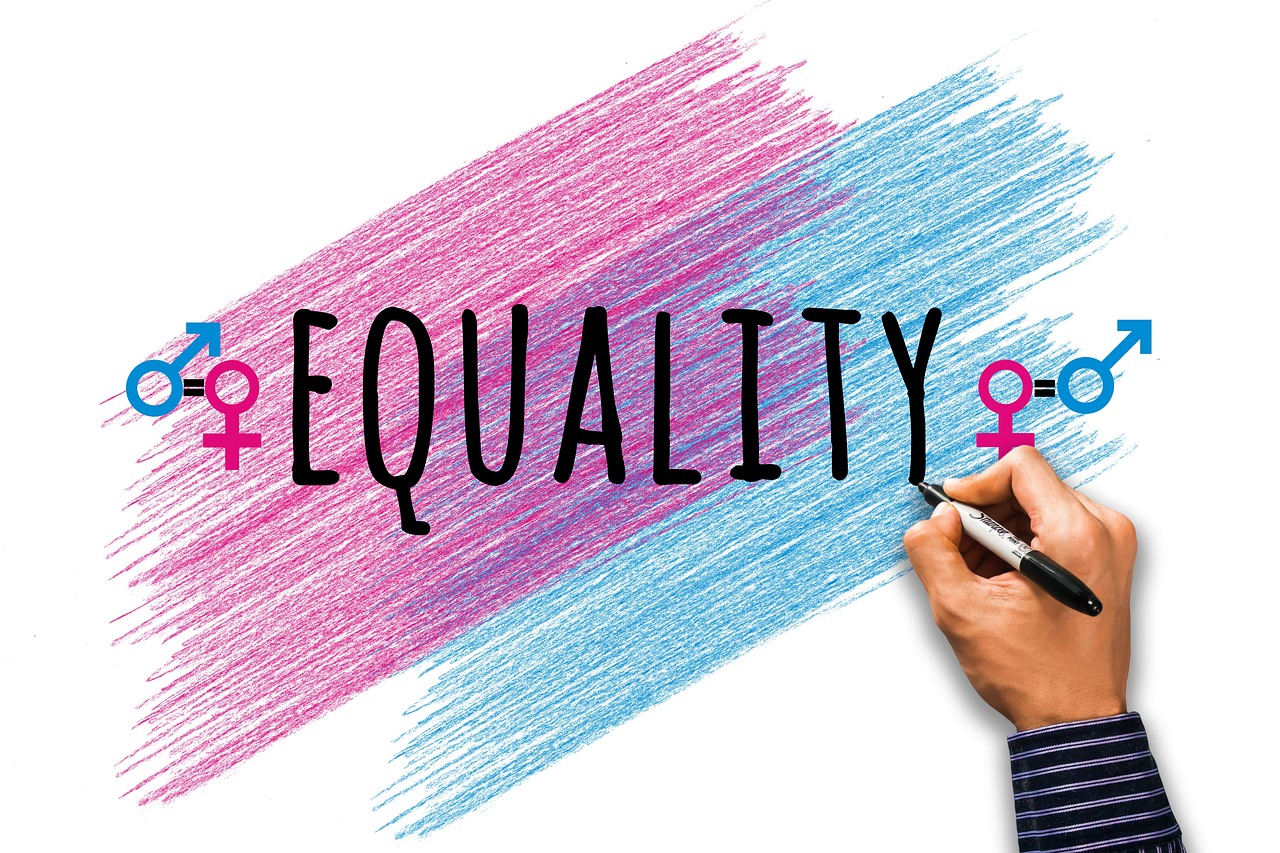Gender pay gap means women in the UK work for free
The Guardian reports that women in the UK effectively work for free for more than two months a year because of the country’s gender pay gap. According to the TUC, and based on data obtained from the Office of National Statistics, “women effectively work for free for the first 67 days of the year”.
The Gender Pay Gap Regulations require employers to report on their gender pay gap on an annual basis, with the first gender pay reports to be published no later than 4 April 2018, based on pay as at the first “snapshot” date of 5 April 2017. Employers with 250 or more employees on the snapshot date of 5 April must publish an annual report on their gender pay gap.
There are key differences between the gender pay gap and equal pay.
- Gender pay gap measures the difference between men and women’s average pay;
- Equal pay is the legal obligation that requires employers to pay men and women the same rate of pay, including contractual benefits if they are employed to do the same job or work of equal value.
- Whilst failing to pay a women equal pay (for like work) is likely to be unlawful, having a gender pay gap is not.
Employers must publish their gender pay reports on their websites, which must be available for three years and in a manner accessible to their employees and the public. The reports must be accompanied by a written statement of accuracy, signed by a director or an “equivalent” in the case of a body corporate. Employers must also upload reports to a website designated by the Government.
We regularly advise employees on equal pay issues and have successfully pursued equal pay and discrimination claims against global investment banks, local authorities and multi-national corporations. For further information, please contact our specialist employment law solicitors on 0207 956 8699 or email info@rllaw.co.uk.




